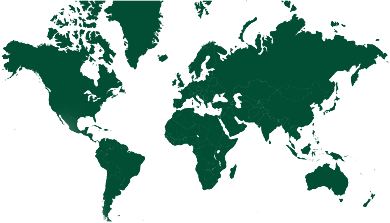Guidelines and manuals
2010 • SEI Practical guidance on the use of urine in crop production
This report gives a practical guidance to the safe and effective use of urine as fertilizer in agriculture. It outlines urine nutrient content, application techniques, and health risk management in line with the WHO recommendations from 2006. The report also provides instructions on how to create guidelines adapted to local contexts and highlights case studies from multiple regions. Target groups include agricultural and sanitation professionals, policymakers, and extension workers.
Recovered Materials & Products
Nutrients
Fertilizer
Waste Streams
Urine
Confirmed countries
Germany


What is this tool intended for?
This guide facilitates the integration of urine as a nutrient source in crop production, contributing to sustainable agriculture and sanitation practices.
How does this tool work?
This guide offers scientific and practical insights into urine composition, application methods, and risk management. It includes instructions for local adaptation and provides case studies.
Who might use this tool and with which types of stakeholders?
Agricultural professionals, extension workers, sanitation experts, environmental planners, policymakers, the donor community as well as individuals involved in sustainable agriculture and sanitation initiatives.
What stages of a process can this tool support?
It supports the planning and implementation of urine-based fertilization, from institutional setup to local guideline development.
Where can this tool be used?
Applicable in diverse agricultural settings globally, especially in regions aiming to integrate sanitation with nutrient recovery.
Technologies
Themes
Design
Monitoring, Evaluation and Learning
Policy and regulation